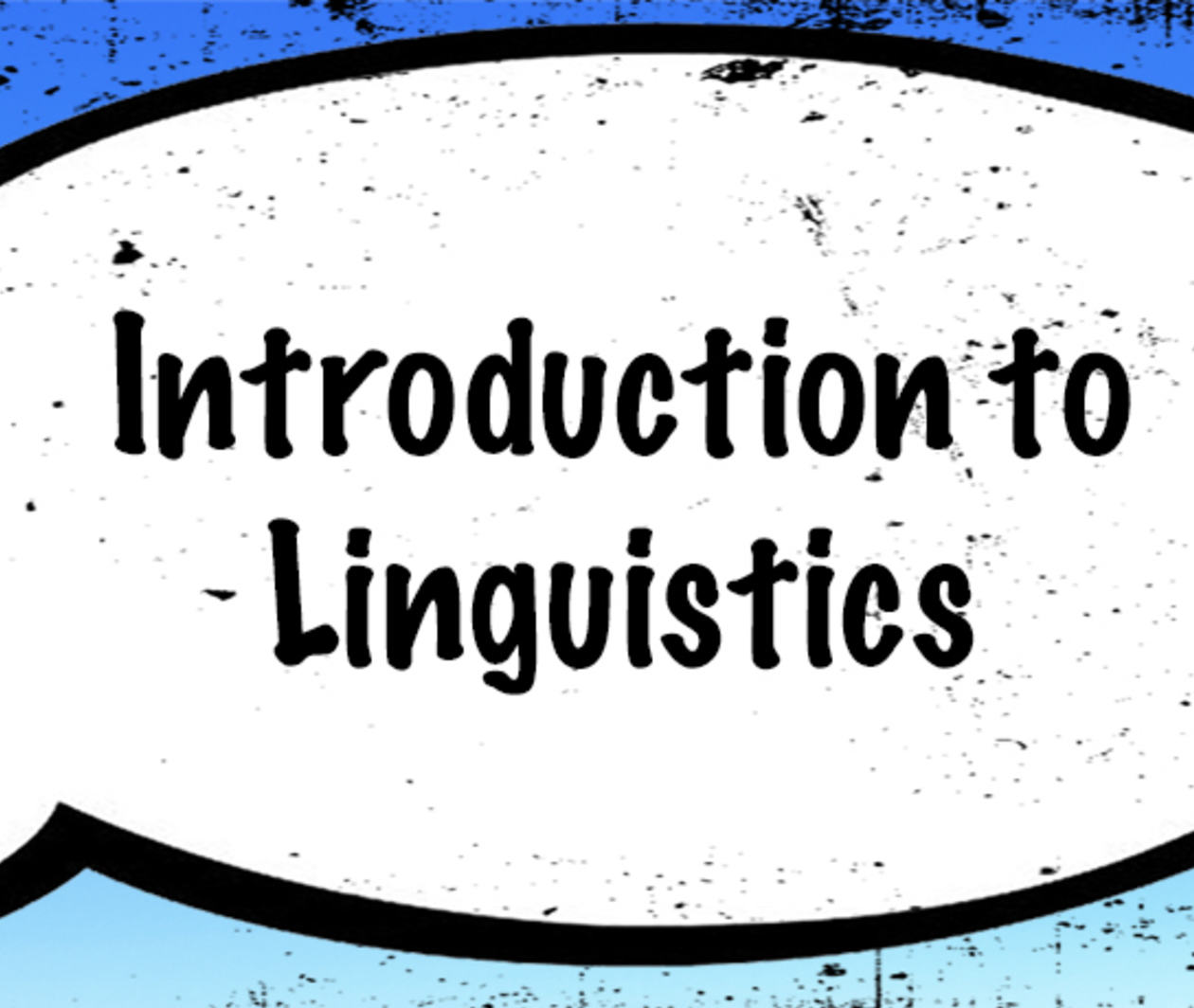This course allows students to know how the idea of structuralism moved from Europe to America.
It shows them the different Amercian schoolars who studied language in America.
It explains to them why there was a difference in the study of language in America.
- Teacher: KARIMA ROMANE

- Teacher: WAFA AGGOUN
The second chapter is devoted to European Structuralism as a starting-point for subjecting pre-structuralism notions of grammar, phonology and morphology. The chapter is an evaluation of structuralists framework and the implication of De Saussure’s theory of sign to the treatment of languages by means of structural relationships. Moreover, attention is placed on students’ understanding of language levels and the gradual shift to duality structure meant with the combination of meaningless sounds with meaningful morphemes.

- Teacher: WAFA AGGOUN
language study is closely connected with thinking and it is considered as a vehicle of thought. Learning about the linguistic intricacies of the target language hosted in foreign language departments is essential to provide a wide range of exposure to various language structures and vocabulary development. Additionally, Knowledge of linguistics poses a substantial advantage for improving students’ linguistic competence and language proficiency. The fact that linguistics is considered as something of a mother discipline has added burden of teaching English as a foreign language. Linguistic knowledge such as the application of structuralism, rules of generative linguistics or the influence of functional approaches of language and speech acts is associated with the provision of students comprehensible input, the major causative factor in L2 acquisition (Ellis, 1994). This can be achieved by developing syllabuses which specified situations in terms of learners' roles, settings and topics, and listed language activities, functions and notions (Van Ek, 1975). Van der WaIt (1992) stated that, “linguistics provides important implications for the preparation of syllabuses, teaching programmes, materials and methodology” (p. 179).

- Teacher: WAFA AGGOUN
